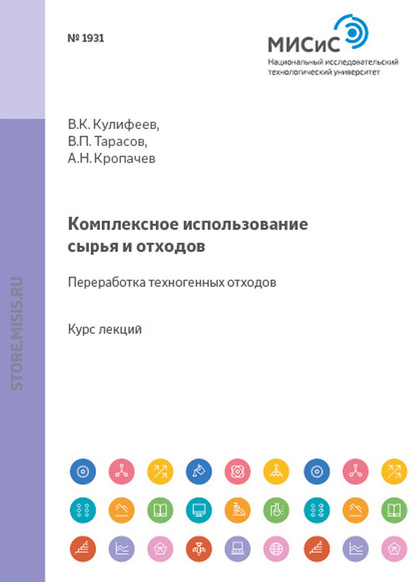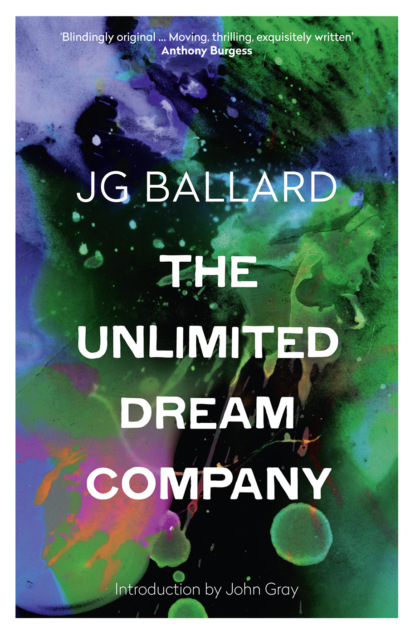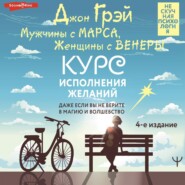По всем вопросам обращайтесь на: info@litportal.ru
(©) 2003-2025.
✖
The Unlimited Dream Company
Настройки чтения
Размер шрифта
Высота строк
Поля
CHAPTER 3 The Vision
CHAPTER 4 An Attempt to Kill Me
CHAPTER 5 Back from the Dead
CHAPTER 6 Trapped by the Motorway
CHAPTER 7 Stark’s Zoo
CHAPTER 8 The Burial of the Flowers
CHAPTER 9 The River Barrier
CHAPTER 10 The Evening of the Birds
CHAPTER 11 Mrs St Cloud
CHAPTER 12 ‘Did You Dream Last Night?’
CHAPTER 13 The Wrestling Match
CHAPTER 14 The Strangled Starling
CHAPTER 15 I Swim as a Right Whale
CHAPTER 16 A Special Hunger
CHAPTER 17 A Pagan God
CHAPTER 18 The Healer
CHAPTER 19 ‘See!’
CHAPTER 20 The Brutal Shepherd
CHAPTER 21 I Am the Fire
CHAPTER 22 The Remaking of Shepperton
CHAPTER 23 Plans for a Flying School
CHAPTER 24 The Gift-making
CHAPTER 25 The Wedding Gown
CHAPTER 26 First Flight
CHAPTER 27 The Air is Filled with Children
CHAPTER 28 Consul of This Island
CHAPTER 29 The Life Engine
CHAPTER 30 Night
CHAPTER 31 The Motorcade
CHAPTER 32 The Dying Aviator
CHAPTER 33 Rescue
CHAPTER 34 A Mist of Flies
CHAPTER 35 Bonfires
CHAPTER 36 Strength
CHAPTER 37 I Give Myself Away
CHAPTER 38 Time to Fly
CHAPTER 39 Departure
CHAPTER 40 I Take Stark
CHAPTER 41 Miriam Breathes
CHAPTER 42 The Unlimited Dream Company
Interview with J. G. Ballard
‘Fly Away’ by Malcolm Bradbury
About the Author
By the Same Author
About the Publisher
Introduction (#ucd1446f7-77ea-5266-b90b-d3d8c542515a)
by John Gray
To anyone who thinks of J. G. Ballard as a dystopian writer obsessed by images of catastrophe this book will come as a surprise. One of his least-known novels, it is also one of the most powerfully lyrical. Ballard’s stories depict disaster zones: London drowned by the effects of climate change, an ultra-modern high-rise in which human beings struggle to survive, an American continent covered by desert and rainforest that a ragged band of explorers must cross. Yet the central thrust of his work is that disaster is not always an entirely negative experience. A seemingly destructive alteration in the outer world – geophysical or socio-political – may be the trigger for a process of psychological breakthrough. Instead of being destroyed, Ballard’s characters are liberated by catastrophe. Far from being a type of dystopian prophecy – though at times it is that too – his work has at its core an experience of inner transformation and renewal.
The Unlimited Dream Company is a succession of images held together by a single landscape, a succession more brilliant and more hallucinatory than anything else in Ballard’s fiction. Surrealist painting is a pervasive influence in his work – more influential than that of any writer, he used to say – and he followed the Surrealists in believing that the world could be remade by the human mind. The exotic landscapes he conjures are often as important as the characters who inhabit them. Where this book differs from his other novels is in its strongly poetic quality. With its short chapters, some only a page or two long, it reads at times like modernist verse. Only Hello America (1981), where he pictures New York swathed in golden sand-dunes and Las Vegas as the jungle capital of an almost deserted country, is similar in style. But whereas Hello America is full of deadpan humour, the mood that pervades The Unlimited Dream Company is joyful and rhapsodic.
Serendipitously, the actual Shepperton became for a time something like one of Ballard’s disaster areas in the floods that hit the town at the start of 2014. The Shepperton that appears in these pages is that same Thames suburb – where Ballard lived from 1960 until his death in 2009 – more magically transmuted. Hosts of brightly plumed birds – ‘flamingos and frigate-birds, falcons and deep-water albatross’ – have flocked into the town, and when the narrator leans against a pillar-box, trying to straighten his flying suit, an eagle ‘guarding these never-to-be-collected letters snaps at my hands, as if she has forgotten who I am and is curious to inspect this solitary pilot who has casually stepped off the wind into these deserted streets’. When the pilot leaves town, he looks up at ‘the vivid tropical vegetation that forms Shepperton’s unique skyline. Orchids and horse-tail ferns crowd the roofs of the supermarket and filling station, saw-leaved palmettos flourish in the windows of the hardware store and the television rental office, mango trees and magnolia overrun the once sober gardens, transforming this quiet suburban town where I crash-landed only a week ago into some corner of a forgotten Amazon city.’















